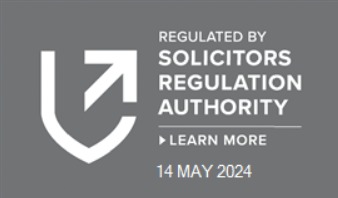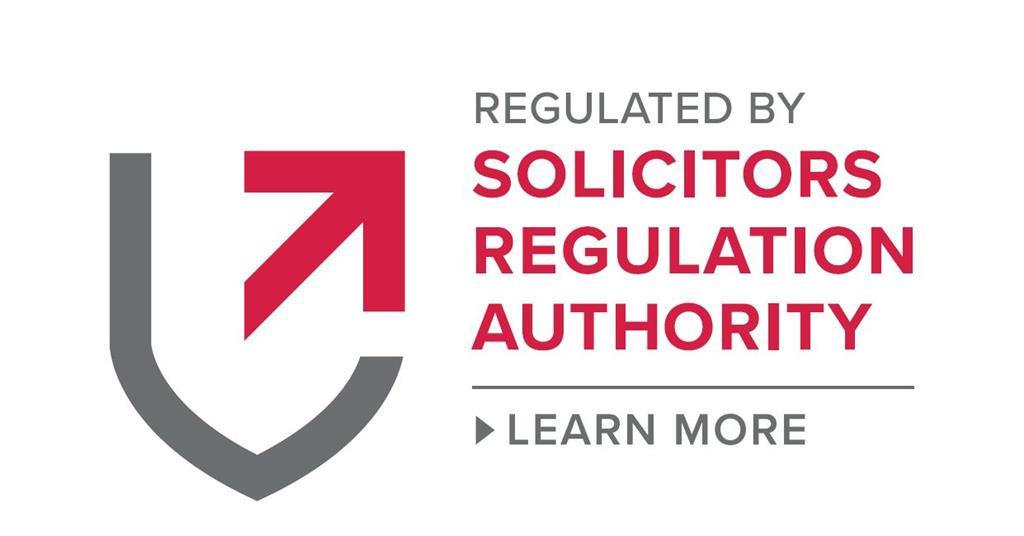The changes to the stamp duty land tax (SDLT) rules for additional properties have been in force since April 2016. Even now the rules are complex and can be confusing for those wishing to purchase an additional property such as buy-to-lets and second homes.
New Stamp Duty Land Tax rules
For anyone purchasing their first home, Stamp duty land tax (SDLT) is paid on all purchases above £125,000 on a sliding scale. Since April 2016 anyone purchasing a property in addition to their main home has been subject to the new SDLT rules and has therefore had to pay an extra 3% SDLT on their purchase of an additional residential property.

Who pays the higher SDLT?
Under the new rules, all property owners purchasing additional property to their main residence are affected by the rise in SDLT. There are certain exemptions to this and these exemptions are dependent on whether the additional property is being purchased to replace the main residence.
Those who already own properties but plan to buy a property to replace their current main residence are exempt from paying the higher rate provided they sell their current main residence at the same time as the purchase or have sold it in the preceding three years.
If however a purchaser owns two properties on the day of the completion of the purchase of their additional property, they are still obliged to pay the higher rate of SDLT. A refund is available if that former main residence property is sold within 36 months of the completion of the purchase of the additional property.
In the circumstances where a purchaser owns a buy-to-let residential property but lives in a rented property themselves as their main residence, a higher rate of SDLT is payable if they decide to move out of the rented property and purchase a new main residence. The crucial point here is that the purchaser will own two properties at the point of completion of their purchase and they have not replaced their main residence by the sale of the previous main residence.
Being married or in a civil partnership will also influence the rate of stamp duty payable on the purchase of additional properties. Married couples and civil partners may have only one main residence between them. Where an additional residential property is purchased by either one of them, jointly or separately, this will attract a higher rate of SDLT, again unless their former main residence is sold within three years.
There are other circumstances in which a person could be caught by the new rules such as inherited properties, unmarried couples where one partner already owns a property or even limited company-owned properties.

What counts as additional properties?
The new rules apply to buy-to-let residential property and holiday lettings or even somewhere being bought to help another family member buy. The higher rate of SDLT is payable even if the main residence is overseas.
The rules are complex and property owners will need specialist legal advice to make sure they are fully aware of the SDLT consequences of buying an additional property.






